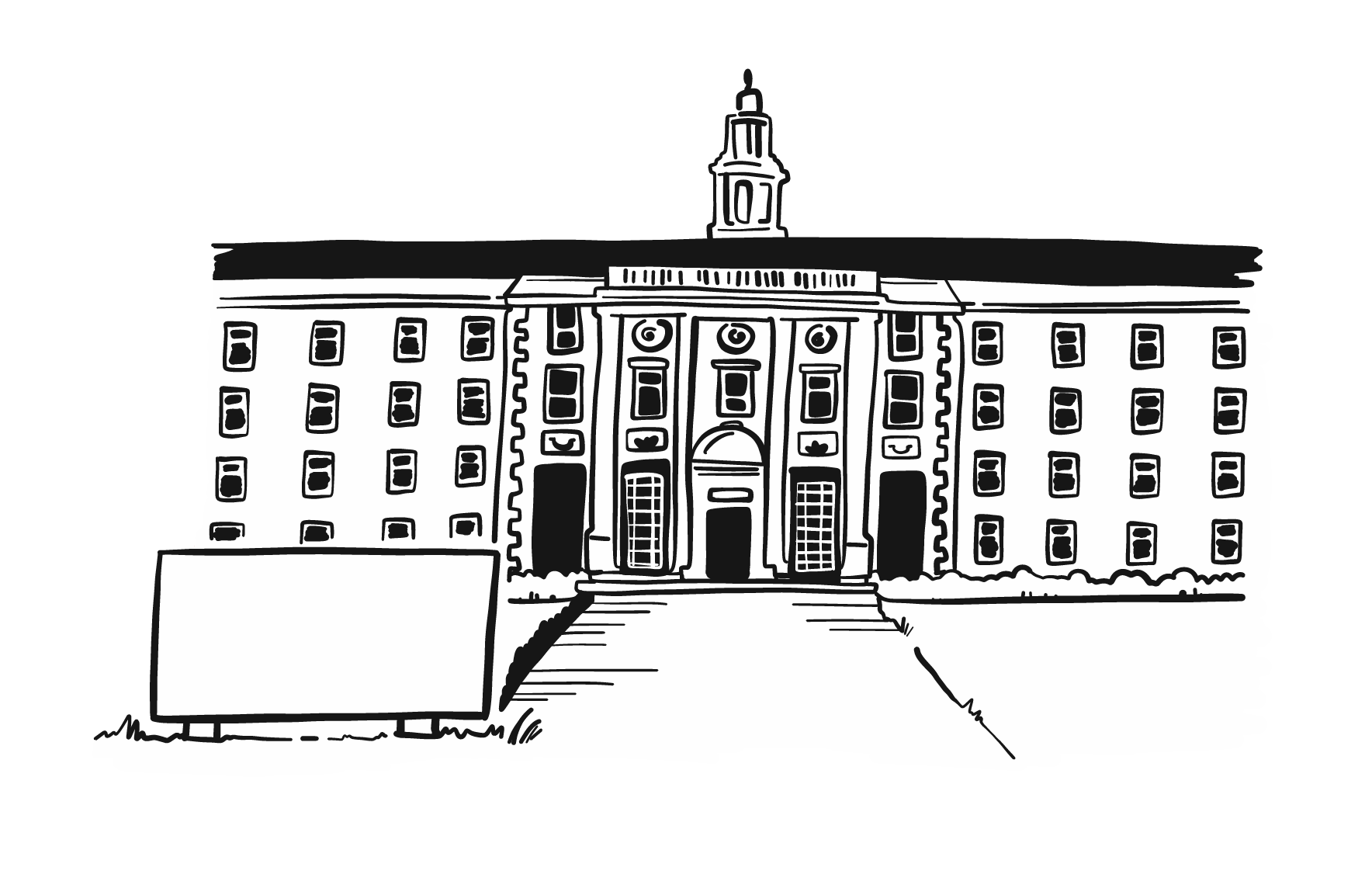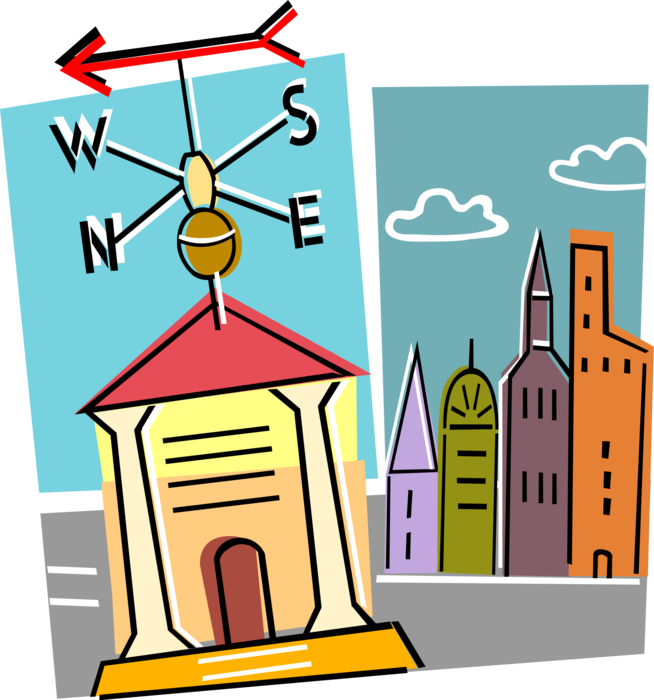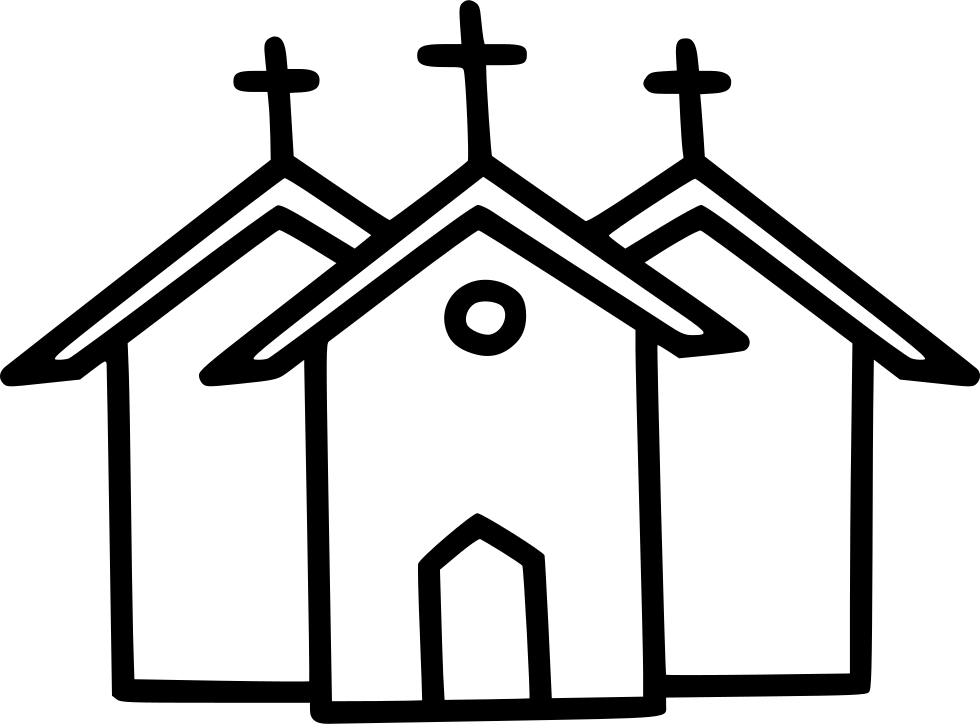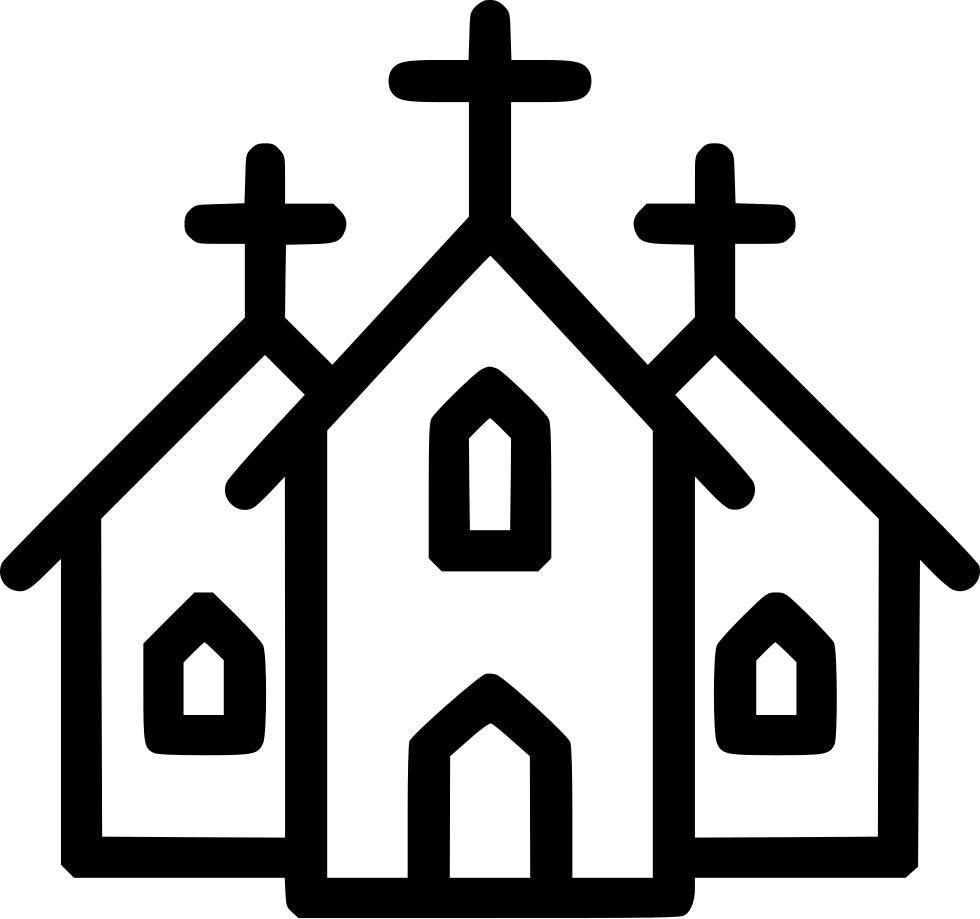Download top and best high-quality free Institution PNG Transparent Images backgrounds available in various sizes. To view the full PNG size resolution click on any of the below image thumbnail.
License Info: Creative Commons 4.0 BY-NC
Institutions are “stable, established, recurring patterns of action,” according to Samuel P. Huntington. Institutions are systems that control the conduct of a group of people within a society and are associated with a social goal, transcending individuals and intentions by mediating the laws that govern live activity. It is incorrect to imply that an institution is a type of conduct, according to Geoffrey M. Hodgson. Instead, institutions, according to Hodgson, are “integrated systems of norms that govern social relationships.”
The term “institution” describes both informal institutions, such as traditions or major behavior patterns in a community, and formal institutions, such as law or custom, that have specific permanency in arranging social activities. Primary or meta-institutions are institutions that are wide enough to incorporate other institutions, such as the family.
Institutions are studied extensively in social sciences such as political science, anthropology, economics, and sociology (which Émile Durkheim defined as “the science of institutions, their creation, and functioning”). Law, the legal process for political rule-making and enforcement, and historians are both concerned with institutions.
Institutions are defined in a variety of ways. There are several levels of formality and organizational complexity in these definitions. The broadest definitions may include informal yet regularized behaviors like handshakes. The most restrictive ones may only include highly structured organizations (e.g., have specified laws, rules, and complex organizational structures).
In the broadest sense, institutions are defined by Wolfgang Streeck and Kathleen Thelen “They are the building blocks of social order because they represent socially sanctioned, or collectively enforced, expectations about the behavior of specific categories of actors or the performance of specific activities. They usually entail actors’ mutually related rights and duties.” Informal institutions are included in sociologists’ and anthropologists’ conceptions of institutions. Institutions have been described in more formal ways by political scientists, where third parties must consistently and predictably enforce the norms regulating the transactions of first and second parties.
One notable Rational Choice is Institutionalists define institutions as “a collection of rules that organize social interactions in certain ways,” and “knowledge of these rules must be shared by the members of the relevant community or society,” according to Jack Knight. Knight and Randall Calvert’s definitions eliminate simply personal quirks and customs.
According to Douglass North, institutions are “rules of the game in a society” and “humanly created restrictions that regulate political, economic, and social relationships,” according to Douglass North. “An equilibrium of behavior in an underlying game,” according to Randall Calvert. This indicates that “it must be logical for almost every individual to almost always follow the institution’s behavior prescriptions, given that nearly everyone else does.”
Avner Greif and David Laitin define institutions as “exogenous to each individual whose behavior it impacts, as a system of human-made, nonphysical components – standards, beliefs, organizations, and laws – that creates behavioral regularities.
” They also state that organizations must “are institutional factors that impact a set of self-enforcing attitudes and norms in the transaction under discussion. Rules are behavioral guidelines that help people with the cognitive effort of deciding on a course of action by defining the circumstance and organizing their actions.”
Download Institution PNG images transparent gallery.
- Banking Institution Transparent
Resolution: 1024 × 1024
Size: 12 KB
Image Format: .png
Download
- Banking Institution PNG Clipart
Resolution: 1280 × 1280
Size: 72 KB
Image Format: .png
Download
- Banking Institution PNG Free Download
Resolution: 1200 × 1200
Size: 23 KB
Image Format: .png
Download
- Institution PNG
Resolution: 1073 × 1034
Size: 22 KB
Image Format: .png
Download
- Institution PNG Image
Resolution: 980 × 798
Size: 9 KB
Image Format: .png
Download
- Institution Transparent
Resolution: 980 × 980
Size: 23 KB
Image Format: .png
Download
- Institution PNG Clipart
Resolution: 832 × 538
Size: 11 KB
Image Format: .png
Download
- Institution PNG Free Download
Resolution: 1768 × 1144
Size: 119 KB
Image Format: .png
Download
- Institution PNG Picture
Resolution: 679 × 509
Size: 18 KB
Image Format: .png
Download
- Institution PNG Free Image
Resolution: 679 × 509
Size: 13 KB
Image Format: .png
Download
- Banking Institution
Resolution: 2001 × 1809
Size: 279 KB
Image Format: .png
Download
- Institution
Resolution: 800 × 702
Size: 27 KB
Image Format: .png
Download
- Institution PNG File
Resolution: 654 × 700
Size: 481 KB
Image Format: .png
Download
- Banking Institution PNG
Resolution: 980 × 980
Size: 13 KB
Image Format: .png
Download
- Institution PNG HD Image
Resolution: 759 × 700
Size: 27 KB
Image Format: .png
Download
- Church Institution
Resolution: 980 × 724
Size: 54 KB
Image Format: .png
Download
- Church Institution PNG
Resolution: 980 × 858
Size: 51 KB
Image Format: .png
Download
- Institution PNG Pic
Resolution: 980 × 634
Size: 3 KB
Image Format: .png
Download
- Church Institution PNG Image
Resolution: 980 × 919
Size: 50 KB
Image Format: .png
Download
- Institution PNG Download Image
Resolution: 744 × 980
Size: 31 KB
Image Format: .png
Download
- Banking Institution PNG Image
Resolution: 1698 × 1697
Size: 39 KB
Image Format: .png
Download
- Institution PNG High Quality Image
Resolution: 981 × 916
Size: 7 KB
Image Format: .png
Download
- Institution PNG Images
Resolution: 980 × 978
Size: 4 KB
Image Format: .png
Download
- Institution PNG Image File
Resolution: 1400 × 668
Size: 71 KB
Image Format: .png
Download
- Institution PNG Photo
Resolution: 1060 × 1060
Size: 24 KB
Image Format: .png
Download



























